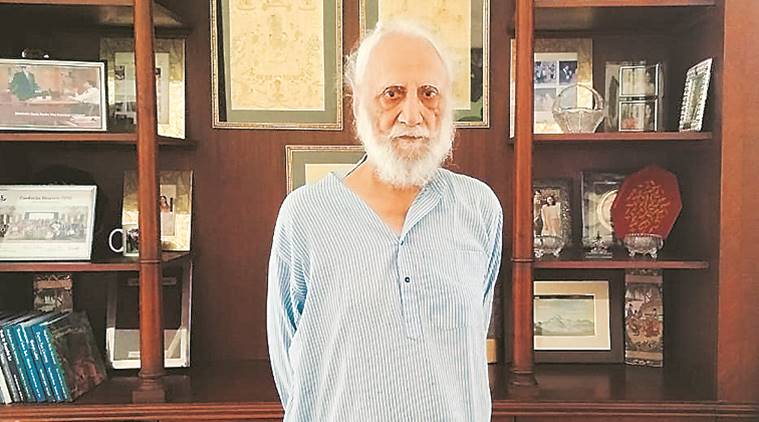
Mohan Singh Kohli, captain of the first team of Indian mountaineers to summit Mount Everest, has said the death of 11 people on the mountain this season is a fallout of the Nepal government being too liberal in handing out climbing permits.
“When we completed the expedition in 1965, we were the only team to climb the peak that year. But now, 30-40 teams go up every year,” Kohli, a former president of the Indian Mountaineering Foundation, told The Indian Express.
A photo from May 21 of a long line of mountaineers struggling to make their way to the top of a ridge had gone viral last month. It was when good weather forecast drove around 250 climbers, and almost as many sherpas, to scale the mountain all at once, leading to a long line at a bottleneck, which proved fatal for many. “It is not difficult to get a permit. The Nepal government will give permits to anyone willing to pay $11,000,” said Kohli.
A climber must obtain a permit from the Nepal or Tibet government, depending on which side one is climbing from. The Nepal route is preferred as the country often provides logistical support. While $11,000 is paid to the Nepal Tourism Board, mountaineering agencies charge an additional fee for providing porters, yaks, food and other climbing fees. To compete with neighbouring countries, Nepal reduces this rate during summer and winter months. The country makes around $300 million a year from the mountaineering industry.
“I was at Advanced Base Camp (Tibetan side) in 1965 when I led nine mountaineers up. We first tried in 1962, but bad weather defeated us and we had to leave. This time we were successful. It was the most challenging period of my life,” says Kohli.
Explained | What does it take to climb Mount Everest? What are the risks involved?
In 1962, Kohli’s was the only team to attempt to climb the Everest; in 1963, a group of Americans climbed; followed by no climbers in 1964. “This was a few years after Tenzing Norgay and Sir Edmund Hillary climbed the peak. It was revolutionary. The whole world thought only two people could climb the peak. Now, as the number increases each year, more people from across the world want to climb,” said the Padma Bhushan and Arjuna awardee.
For logistical reasons, the 1965 team climbed up in pairs of twos and threes. For each stage of the climb, a certain number of sherpas, food items and tents are required. “The first two climbers went up on May 20, the next pair on 22, followed by another two on 24. The last three climbed on May 29. That was when we knew our expedition had been successful,” said Kohli. These precautions are not taken any longer, he said, adding that overcrowding is one of the main reasons for accidents in recent times.
“The Nepalese government should stop issuing permits so easily,” he said. The government issued 381 permits this year — an all-time high. To get a permit, one does not require previous mountaineering training, just a certificate of medical fitness and a recommendation letter from a recognised Alpine Association.
“The last summit is a thin ridge, hence one cannot stay up there too long. Oxygen is less, and one must rush and come back. If there are people blocking your way, and you take four-five hours instead of taking one hour to come down, it can be fatal,” said Kohli, adding, “I hope the government concerned puts lives above money. It is the only solution to the accidents.”